In Pursuit of Hair Cell Regeneration Through Collaboration
Hearing Health Foundation’s Hearing Restoration Project (HRP) is the first international research consortium investigating the regeneration of sensory hair cells in the inner ear as a cure for hearing loss and tinnitus.
Organized into four working groups, the overarching principle of the HRP consortium is cross-discipline collaboration: open sharing of data and ideas. By having almost immediate access to one another’s data, HRP scientists are able to perform follow-up experiments much faster, rather than having to wait years until data is published.
Primary treatments for hearing loss have been hearing aids and cochlear implants. While these have been successful, they have limitations. Hearing loss that results from the death or damage of hair cells, such as from excess noise, may be able to be resolved through hair cell regeneration.
The HRP uses three animal models—the chick, zebrafish, and mouse—for studying hair cell regeneration. The chick and zebrafish show robust hair cell regeneration. If the hair cells of a chick or a fish are damaged, within a short time—a few weeks for the chick, only a day or two for the fish—new hair cells are formed.
That’s a spectacular result. If we are able to better understand how hair cell regeneration works in the chick and fish models, we will be able to apply this knowledge to mammals and greatly advance the goal of hearing restoration in people.
Learn More:
Scientific Collaboration
HRP Working Groups
Consortium Members
Next Generation
gEAR Portal
Publications
Archive
HRP Working Groups
The consortium model prioritizes collaboration among all members, but some labs naturally work more closely and frequently with others given the types of investigation and the particular contributions to achieving the HRP’s longer-term and annual aims. Member labs form working groups modeled on the consortium’s main goals:
Cross-Species Epigenetics
This group is characterizing the molecular blocks to hair cell regeneration by comparing gene expression and epigenetics across species.
Stefan Heller, Ph.D. (chair), Stanford University
Alain Dabdoub, Ph.D., Sunnybrook Research Institute
Ksenia Gnedeva, Ph.D., University of Southern California
Tatjana Piotrowski, Ph.D., Stowers Institute for Medical Research
David Raible, Ph.D., University of Washington
Jennifer Stone, Ph.D., University of Washington
Litao Tao, Ph.D., Creighton University
This group is completing the collection of transcriptomic and epigenetic data from systems that regenerate (neonatal mouse, zebrafish, chick) and those that do not (mature mouse and human). In addition, they are beginning to perform cross-species comparisons of the behavior of a shared set of hair cell loci across species. Collection of chick data is spearheaded by the Heller lab; the Groves, Segil, and Tao labs are responsible for mouse data; the Piotrowski lab leads work on zebrafish; and the Dabdoub lab will add data from humans. High-quality single-cell RNA-seq, ATAC-seq, and SHARE-seq data from multiple timepoints and conditions will be generated by all member labs.
Integrative Analysis
This group is performing a meta-analysis of data collected from different species over the years, while also curating the data for others to access via gEAR.
David Raible, Ph.D. (co-chair), University of Washington
Jennifer Stone, Ph.D. (co-chair), University of Washington
Seth Ament, Ph.D., University of Maryland
Albert Edge, Ph.D., Mass Eye and Ear
Stefan Heller, Ph.D., Stanford University
Ronna Hertzano, M.D., Ph.D., National Institute on Deafness and Other Communication Disorders
Mark Warchol, Ph.D., Washington University School of Medicine
This group oversees data curation and analysis. A dedicated full-time HRP analyst is working across groups to help collect and process data, thereby facilitating a broader analysis of cell states and trajectories across species. The group is annotating hair cell types from all species so that anyone in the field can assess what kind of hair cell their regeneration approaches may produce, while also easing identification of common hair cell genes, which will help the Cross-Species Epigenetics group. Analysis of the hair cells produced in mouse organoids will be performed as an example. The Ament lab is leveraging their expertise in bioinformatics, while the Hertzano lab is continuing to oversee upkeep of gEAR, with a goal of making it even easier for HRP members to post their new data and for others in the community to analyze those data. The Edge lab is leading the development of organoids as a screening platform for the future. The Heller, Hertzano, Raible, and Stone labs will validate markers by in situ hybridization across species, and all working group members will help direct the analysis.
Reprogramming and Gene Delivery
This group is piloting ways to induce hair cells by reprogramming supporting cells, both by assessing the effects of a candidate transcription factor cocktail and by optimizing methods of delivery.
Andy Groves, Ph.D. (chair), Washington University School of Medicine
John Brigande, Ph.D., Oregon Health & Science University
Yehoash Raphael, Ph.D., University of Michigan
Jennifer Stone, Ph.D., University of Washington
This group is leading the HRP’s transition to Phase II, testing candidate genes. They are studying the effects of current transcription factor reprogramming cocktails on supporting cell behavior, including the collection of additional transcriptomic and epigenetic data that will be shared with the CSE group. These experiments are being performed in a variety of systems, including a flattened epithelium guinea pig model that shares features with chronic human deafness. The Groves lab is using transgenic mice to detail the effects of the reprogramming cocktails in the organ of Corti. The Brigande lab is continuing its work on creating efficient mouse model systems to interrogate candidate genes for sensory hair cell regeneration, as pioneered by testing whether viral delivery of these same reprogramming factors is also efficacious. The Raphael lab is taking a similar approach in the guinea pig model, in this case using a virus designed and generated by the Groves and Segil labs. These experiments are part of the group’s broader efforts to develop new methods to deliver molecules and/or genes, for example by endogenous activation of reprogramming factors via CRISPR/Cas-9.
Screening
Given the need for platforms that provide efficient, reproducible, and reliable outcome measurements, the HRP created a fourth working group in October 2024: Screening. The tools this group will develop are essential to working more effectively and identifying when fully functional hair cells are achieved.
Albert Edge, Ph.D. (chair), Mass Eye and Ear
Alain Dabdoub, Ph.D., Sunnybrook Research Institute Ksenia Gnedeva, Ph.D., University of Southern California
Stefan Heller, Ph.D., Stanford University
Learn More:
Scientific Collaboration
HRP Working Groups
Consortium Members
Next Generation
gEAR Portal
Publications
Archive
HRP Consortium Members
The HRP consortium is formed by top-tier auditory and vestibular research professionals at Baylor College of Medicine, Creighton University, the National Institute on Deafness and Other Communication Disorders, Mass Eye and Ear, Oregon Health & Science University, Stanford University, Stowers Institute for Medical Research, Sunnybrook Research Institute, University of Maryland School of Medicine, University of Michigan, University of Southern California, University of Washington, and Washington University School of Medicine.
Spotlight On
The Spotlight On column connects our community to our HRP researchers, revealing the backgrounds and inspirations of this top-tier team of research professionals dedicated to the consortium. Click on the photos or names below to learn more.
Learn More:
Scientific Collaboration
HRP Working Groups
Consortium Members
Next Generation
gEAR Portal
Publications
Archive
The Next Generation of Hair Cell Regeneration Scientists
The HRP’s multiyear strategic plan and the annually agreed aims that guide the work of the consortium members’ labs comprise a number of highly complex experiments and data analysis, all of which require a high degree of scientific background and technical fluency. The HRP’s experimental plans would not be feasible without the postdoctoral research fellows, research staff, and doctoral students who conduct the majority of the day-to-day work “at the bench” and whose contributions are integral to moving the consortium’s work and our understanding of inner ear biology forward.
The HRP takes seriously its commitment to train and support the next generation of regeneration scientists. We understand the importance of growing the field to accelerate and expand the basic science and applied work to deliver better hearing outcomes. We know hair cell regeneration is possible because these cells regenerate naturally in other species. It will take many scientists and groups working in parallel to find ways to convert supporting cells into hair cells and to functionally integrate these into the cochlea.
The consortium is a generator of new understanding about supporting cells and hair cells in the inner ear and a developer of new techniques to collect and assess data and deliver transcription factors and eventual therapeutic treatments to the inner ear. In tandem the HRP is an incubator of scientific talent that ensures the long-term impact on the inner ear field of the HRP and HHF’s supporters who fund this work.
Current HRP-Funded Lab Members
Ament Lab: Mahashweta Basu, Ph.D., Bioanalytics Analyst
Brigande Lab: Santhosh Verghese, Ph.D.., Senior Research Associate
Dabdoub Lab: Emilia Luca, Ph.D., Research Associate; Ryosuke Yamamoto, Ph.D., Postdoctoral Researcher
Edge Lab: Dunia Abdul-Aziz, M.D.
Groves Lab: Juwan Copeland, Student; Richard Seist, Ph.D., Postdoctoral Associate
Heller Lab: Nesrine Benkafadar, Ph.D., Pharm.D., Postdoctoral Scholar; Mitsuo Sato, Ph.D., Postdoctoral Scholar
Hertzano Lab (University of Maryland): Shaun Adkins, Bioinformatics Software Engineer; Yang Song, Ph.D., Lead Bioinformatician; Joshua Orvis, M.S., Lead Bioinformatics Software Engineer
Piotrowski Lab: Ya-Yin Tsai, M.S., Research Technician
Raible Lab: Iván Cruz, Ph.D., Research Scientist
Raphael Lab: Lisa Beyer, Research Associate; Diane Prieskorn, Research Program Specialist
Stone Lab: Tot Nguyen, Research Technician
Tao Lab: Guanfang Xie, Ph.D., Postdoctoral Fellow; Mi Zhou, Research Assistant
Recent Former Lab Members
Ament Lab: Gurmannat Kalra, Ph.D., Computational Biologist, GlaxoSmithKline (GSK plc)
Groves Lab: Amrita Iyer, Ph.D., Scientific Writer, Tempus Labs, Inc.; Melissa McGovern, Ph.D., Assistant Professor, Department of Otolaryngology, University of Pittsburgh
Heller Lab: Amanda Janesick, Ph.D., Applications Scientist, 10X Genomics;
Mirko Scheibinger, Ph.D., Field Application Scientist, 10X GenomicsHertzano Lab: Han Dewan, MD student, University of Maryland; Kathleen Gwilliam, Ph.D., Staff Scientist, National Institute on Deafness and Other Communication Disorders; Gabby Manilla, National Institute on Deafness and Other Communication Disorders; Beatrice Milon, Ph.D., Staff Scientist, National Institute on Deafness and Other Communication Disorders
Raphael Lab: Lin Yang, M.D., Senior Resident, Capital Medical University (Beijing); Yujie Liu, M.D., Capital Medical University (Beijing)
Segil Lab: John Duc Nguyen, Ph.D., Postdoctoral Associate, Genentech
Learn More:
Scientific Collaboration
HRP Working Groups
Consortium Members
Next Generation
gEAR Portal
Publications
Archive
The HRP Employs Open Science Through the gEAR Portal
Analyzing the significant amounts of data generated by HRP consortium members is made easier by the gEAR (gene Expression Analysis Resource) portal, which enables multi-omic data sharing and analysis, with a primary focus on the ear field.
The portal is available for use by the ear research community outside of HRP; anyone can upload data and make full use of the tools while deciding whether to make any of that data publicly available. The gEAR is a productive tool for use by researchers in their own projects while also promoting commitments to data sharing and open science.
Thanks to HHF support, the gEAR has grown to be the main go-to site within the field to explore and look up expression data. The major federal funding it received from the NIDCD in 2021 validates and recognizes the role the portal plays in the ear field. We welcome and encourage any researchers not yet familiar with the gEAR (best accessible on Chrome browser) to visit the portal for more detailed information at umgear.org.
HHF’s Hearing Health magazine has been tracking the importance and progress of data analysis for and within the HRP. Please see a list of stories on our Bioinformatics page.
Former HRP Consortium Members
Peter G. Barr-Gillespie, Ph.D., scientific director 2012–2021
George Gates, Ph.D., founding scientific director 2011–2012
Michael Lovett, Ph.D., member 2011–2021
Elizabeth Oesterle, Ph.D. (retired), member 2011–2015
Edwin Rubel, Ph.D. (retired), member 2011–2017
Neil Segil, Ph.D. (deceased), member 2011–2022










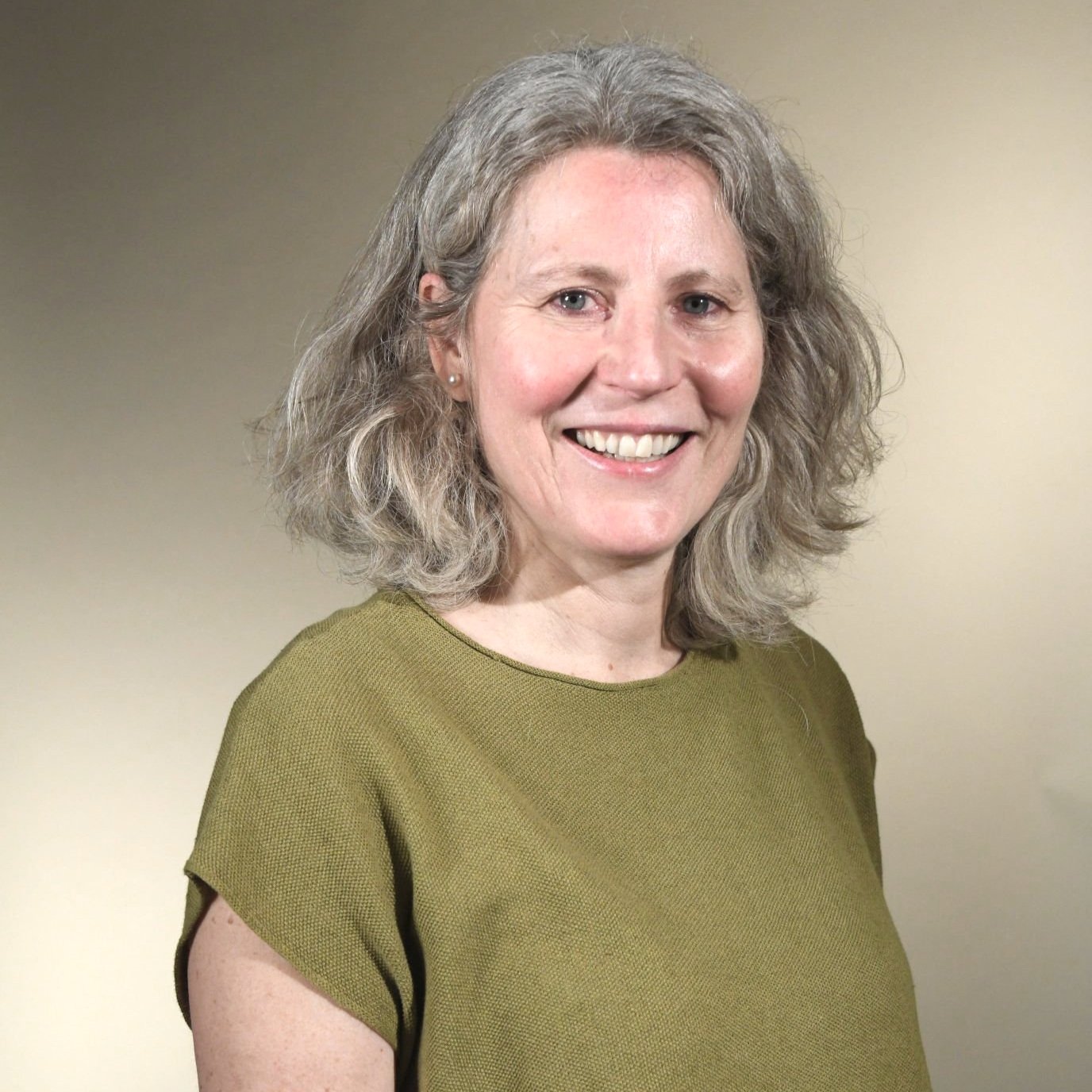







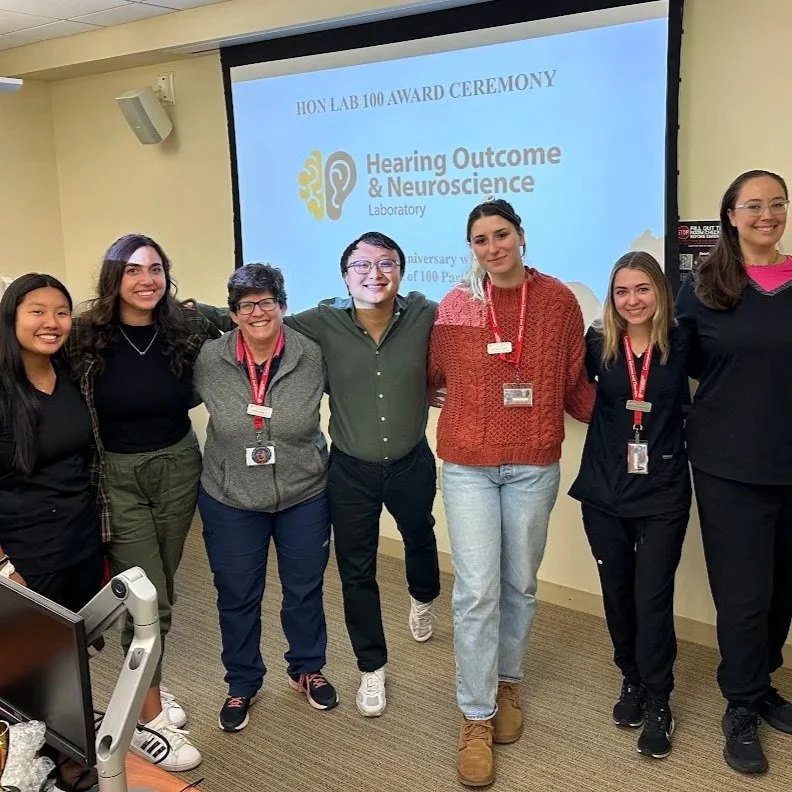

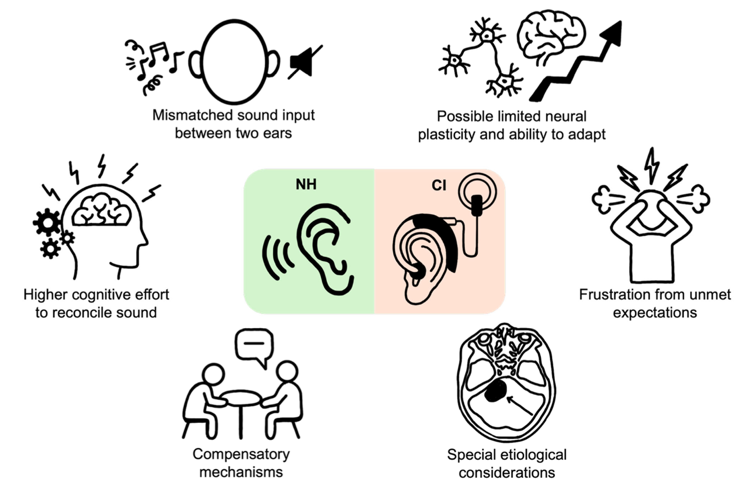


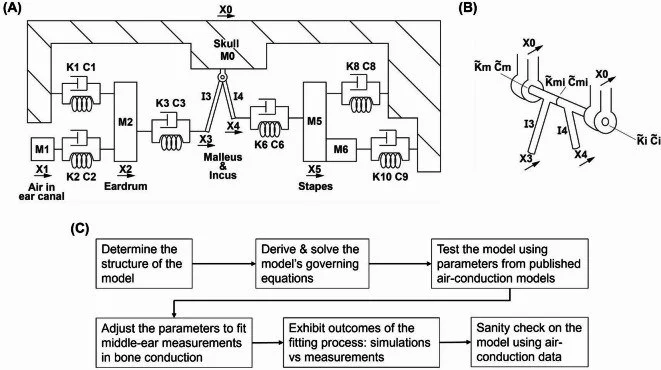


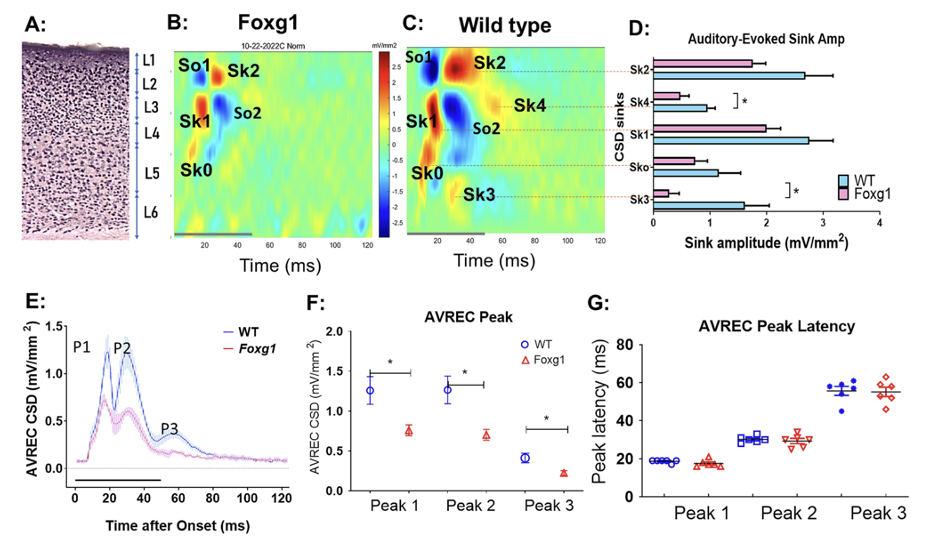

Assistant Professor, Psychiatry, Faculty Member, Institute for Genome Sciences, University of Maryland School of Medicine
The Ament Lab